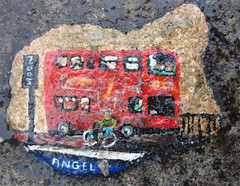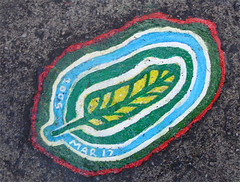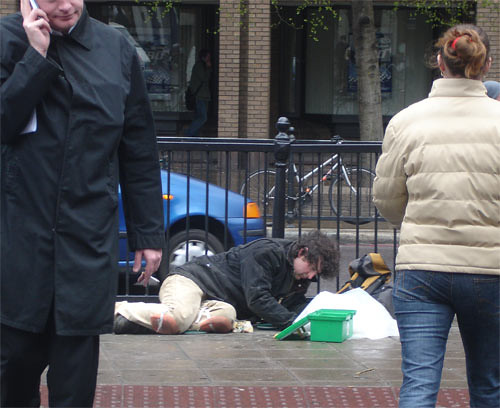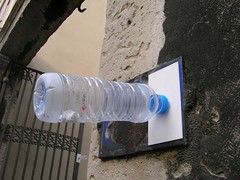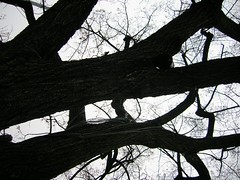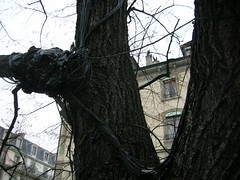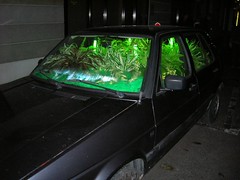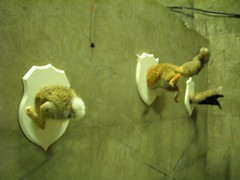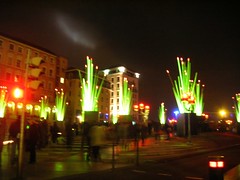I think I saw this project on Regine's blog: Experiments in Galvanism: Frog with Implanted Webserver by Garnet Hertz:
Experiments in Galvanism is the culmination of studio and gallery experiments in which a miniature computer is implanted into the dead body of a frog specimen. Akin to Damien Hirst's bodies in formaldehyde, the frog is suspended in clear liquid contained in a glass cube, with a blue ethernet cable leading into its splayed abdomen. The computer stores a website that enables users to trigger physical movement in the corpse: the resulting movement can be seen in gallery, and through a live streaming webcamera. Risa Horowitz (2003)
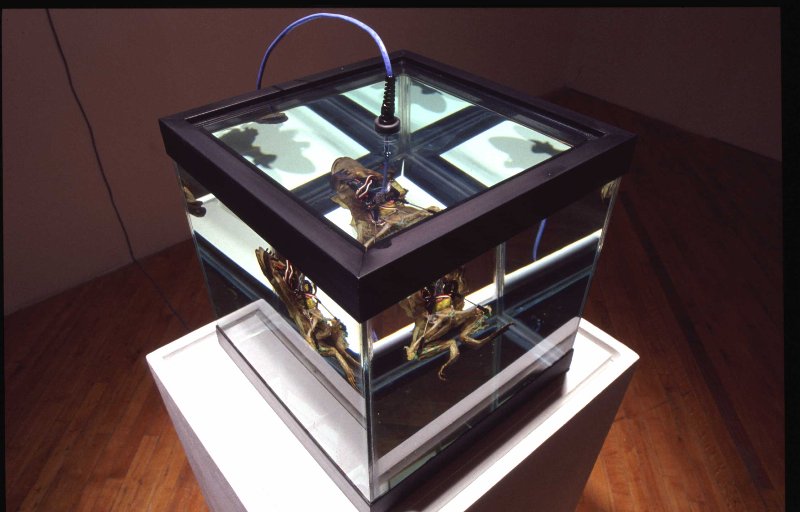
Why do I blog this? an intriguing biotech concept connected to the the origins of electricity, which is here transcripted in the world of internet connectivity? Does a dead frog can be used as proxy to reach BoingBoing from countries that do not allow their citizens to access it?



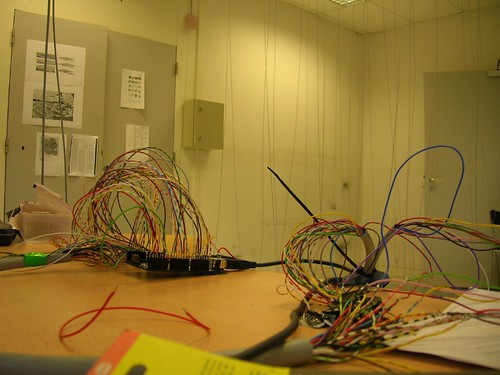


 On the left: Loris Gréaud, CFL (cognitive fooding laboratory / compact fluorescent light), 2004. Laboratoire, raccords en aluminium, profils en aluminium, tubes en plexiglas, mousses, pousses de cresson modifié, tubes néons de croissance. Design: James Heeley.
On the left: Loris Gréaud, CFL (cognitive fooding laboratory / compact fluorescent light), 2004. Laboratoire, raccords en aluminium, profils en aluminium, tubes en plexiglas, mousses, pousses de cresson modifié, tubes néons de croissance. Design: James Heeley.


